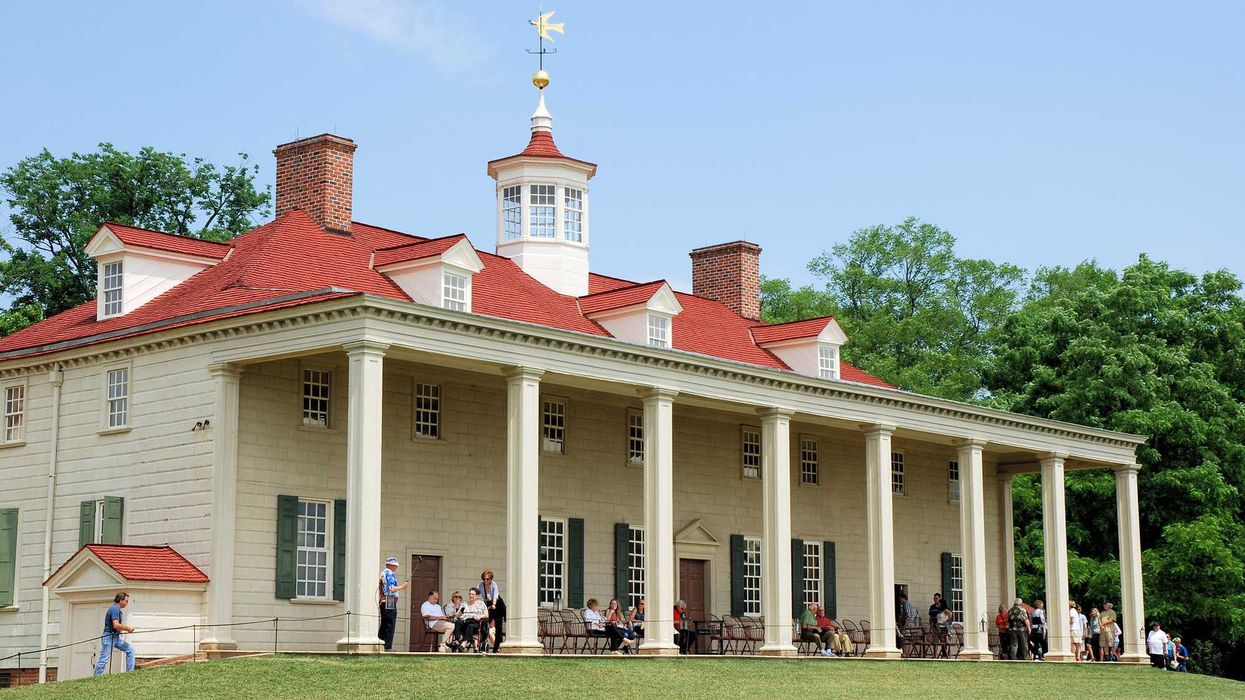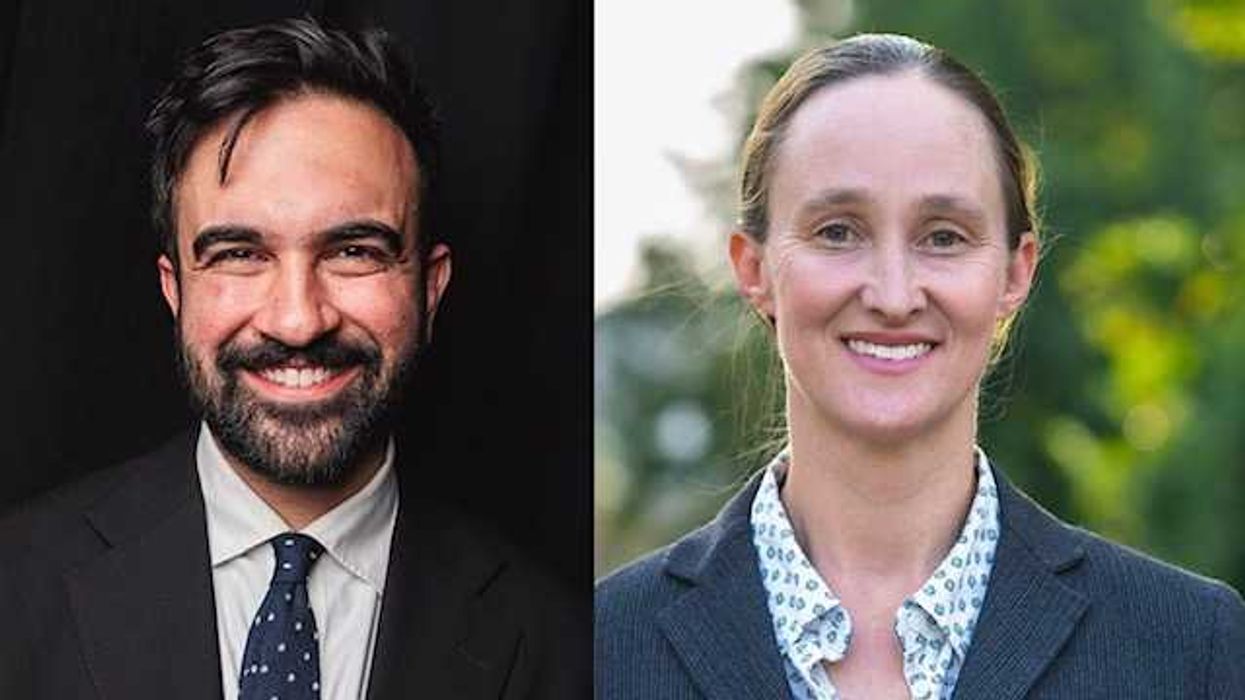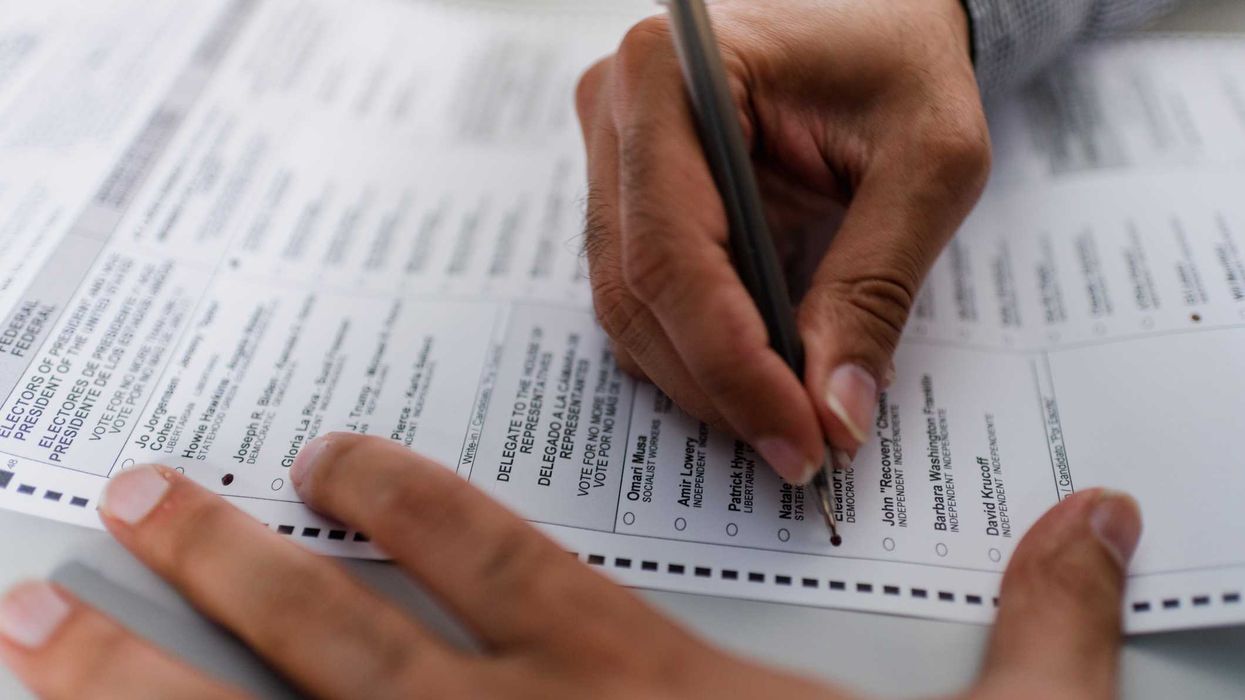Brian Hinkle is the Senior Voting Policy Researcher at the Movement Advancement Project (MAP) and oversees the Democracy Maps program.
Former President Trump is campaigning for re-election. Disinformation continues to run rampant on social media. Large portions of the country still doubt valid election results. Sound familiar? Signs point to 2024 being a redux of 2020.
In addition, the recent indictments charging former President Trump and others with a conspiracy to overturn the legitimate results of the 2020 election, among other crimes, highlights both the continuing threat of the election denial movement as well as a potential path for states to hold these bad actors accountable.
The good news is that states can act before the 2024 elections to fill gaps in laws that allow election denialism to undermine democracy. Now is the time for states to pass laws to prevent 2024 from being a repeat of 2020’s election denialism crisis.
The need for action by lawmakers is urgent: More than two in three American voters -- 157 million people -- live in states with at least a moderate risk of election denialism jeopardizing future elections, as shown in the Movement Advancement Project’s National Election Denial Risk Index. What’s more, 29 million voters live in a state with a high risk of election denialism.
The key threats that result from election denialism are far-reaching and are pushing our democracy to the brink of chaos or even collapse. Those threats include election deniers infiltrating election offices, interference in standard post-election processes, harassment and violence targeting nonpartisan election officials, restricting voting rights, and more.
Analysis from the National Election Denial Risk Index currently shows that five battleground states are still at moderate risk of being impacted by election denialism: Arizona, Florida, Georgia, North Carolina, and Wisconsin. In the last presidential election these states had slim margins of victory, making policies to defend against election denialism all the more important to ensure our elections are free from interference.
The good news is that three battleground states now fall in a lower risk category of being impacted by election denialism: Michigan, Nevada, and Pennsylvania.
At the beginning of the year Michigan was the only lower-risk battleground state. Nevada joined this lower-risk category when it enacted a law to protect against insider threats to elections by making it a crime to facilitate unauthorized access to voting equipment. Pennsylvania’s improvement is the result of new protections against election-related disinformation which make it a crime to spread false information related to the time, place or manner of elections.
At its core, election denialism is a rejection of democracy. Similarly, the nature of a republic requires that free and fair elections are a cornerstone of U.S. democracy–not a rigged system where politicians can overturn the will of the voters and the legitimate results of an election. Not only does election denialism further erode public trust in elections and institutions, but it feeds into a broader set of threats to our democracy.
So what are these rising threats and what can be done to counter them?
Threat 1: An ongoing core threat is election deniers who undermine the public’s trust with false narratives of fraud and then offer so-called “solutions” that infringe on democracy and restrict voting rights. Legislation like statewide voting rights acts provide critical protections so that all eligible voters can participate in democracy by prohibiting racial discrimination in election administration and ensuring consistent elections procedures across all local jurisdictions.
Currently, only seven states have a statewide voting rights act. Even more, federal voting legislation like the Freedom to Vote Act would result in a dramatic shift in ensuring a stronger democracy nationwide.
Threat 2: To counter election deniers infiltrating the system, states can implement stronger policies for nonpartisan election administration as well as measures to counter insider threats. Forty-one states routinely conduct truly independent, nonpartisan audits after an election, which allows states to ensure accurate vote counts. However, only 13 states go even further to ensure the accuracy and integrity of election results with risk-limiting audits, which use statistical methods to ensure even stronger verification of vote results.
Threat 3: The ultimate goal of the rising harassment and violence against election officials is interfering with election results. Ways to bolster against this threat are enacting laws to protect election officials, increasing funding for elections to ensure security measures, and other proper infrastructure. Currently 11 states have laws to specifically protect election officials.
Threat 4: In the last two election cycles we saw numerous attempts to subvert legitimate election results by interfering in post-election processes. States can protect against this by limiting partisan involvement in post-election procedures, increasing penalties for election subversion, and limiting frivolous recount requests. When election administration is properly conducted by nonpartisan professionals, election results are protected against insider threats.
Threat 5: Among the insidious threats jeopardizing our democracy is rampant disinformation that plants doubt in the minds of American voters. To answer this growing threat, policymakers can implement transparency measures to help increase voter confidence.
For example, most states have secure voting technology available for the majority of votes where voting machines use voter-verifiable paper ballots to allow the voter to verify their choices. These systems prevent hacking and security breaches. However, 13 states still do not have these secure voting systems available for the majority of their voters. Two of those states – Georgia and Nevada – are battleground states and could improve public confidence in election results by upgrading their systems in advance.
To be sure, election denialism is a widespread phenomenon requiring varied approaches. And state policymakers have the power to take meaningful steps to address the problem. Policy solutions can prevent new surges of election denialism in 2024 – and these must take precedence in next year’s legislative sessions.
While the claims of election deniers didn’t ultimately upend our elections in the 2022 midterms, election deniers still pose serious threats to our democracy which need to be addressed in advance of the presidential election. By enacting legislation to protect voting rights, insulating election administration systems from partisan actors, protecting election officials acting in good faith from threats, and taking measures to increase voter confidence, our democracy can be protected, preserved, and even further strengthened.


















